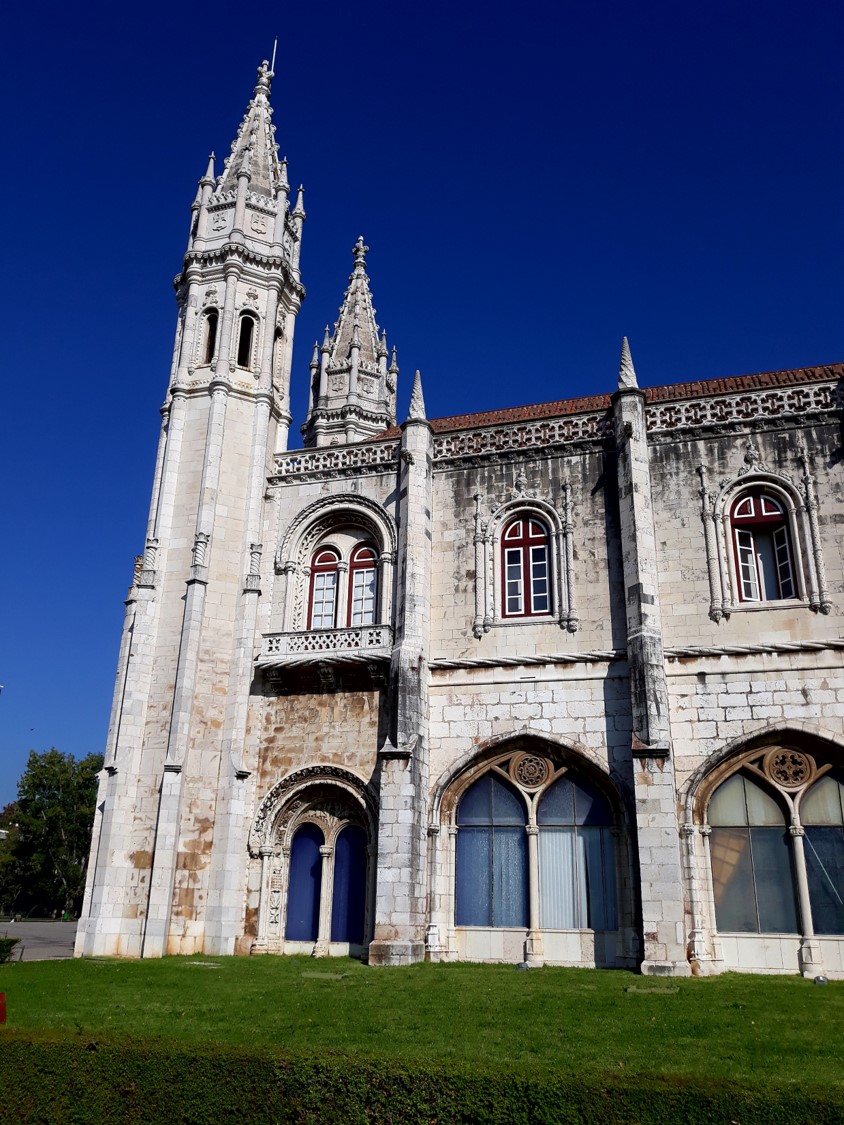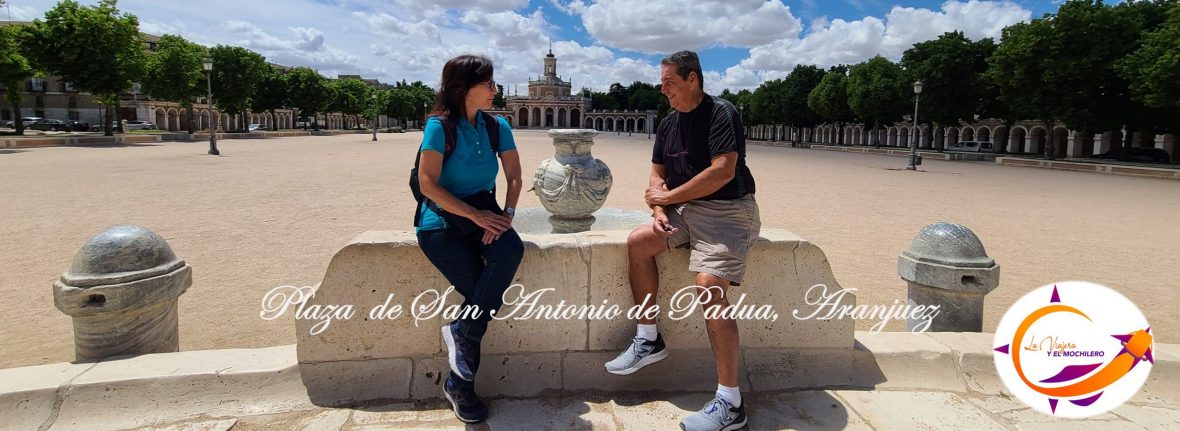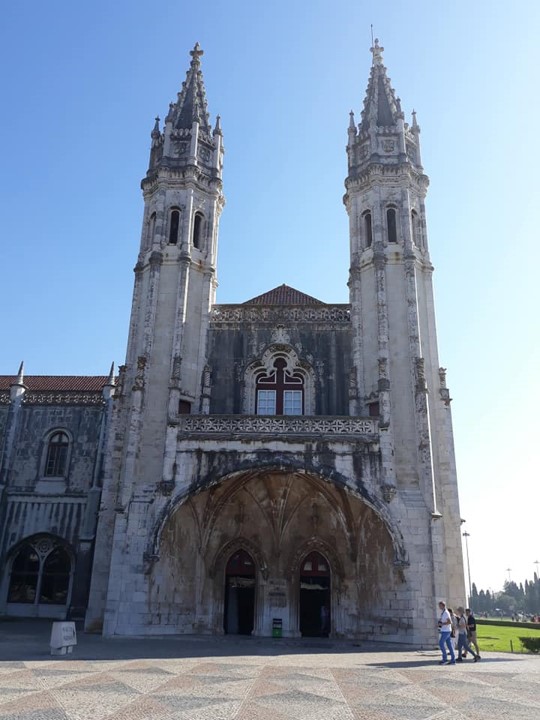 The Marine Museum (Museu da Marinha) was established by King Don Luís in 1863, and with the main objectives the dissemination of naval military affairs, and above all, disseminate the Portuguese maritime past, from the time of the Discoveries until the 19th century. It 1962 was the official opening of the Marine Museum, in the north wing of the Monastery of the Jerónimos, in what was originally a chapel built by Henry the Navigator, for the sailors who heard mass before leaving for the high seas.
The Marine Museum (Museu da Marinha) was established by King Don Luís in 1863, and with the main objectives the dissemination of naval military affairs, and above all, disseminate the Portuguese maritime past, from the time of the Discoveries until the 19th century. It 1962 was the official opening of the Marine Museum, in the north wing of the Monastery of the Jerónimos, in what was originally a chapel built by Henry the Navigator, for the sailors who heard mass before leaving for the high seas.
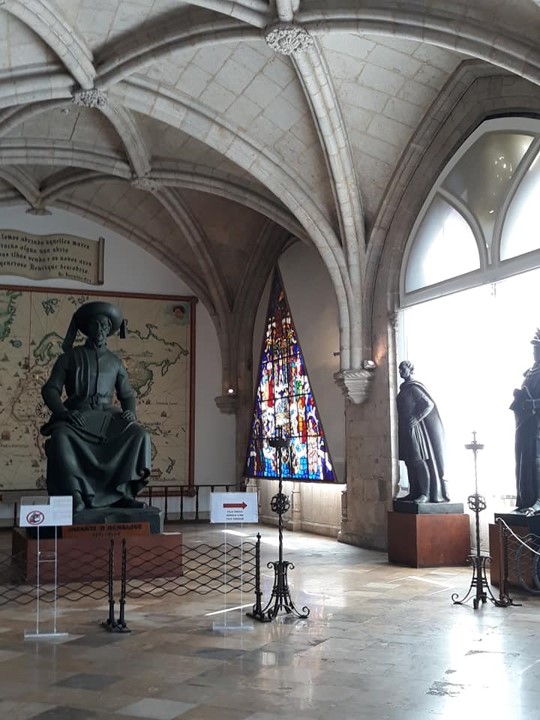
The Marine Museum in Lisbon, is dispersed in an area of 50,000 square meters, of which 16,050 are dedicated to the permanent exhibition that includes models of Welsh, river boats, ships, weapons, uniforms, navigation instruments and maritime charts.
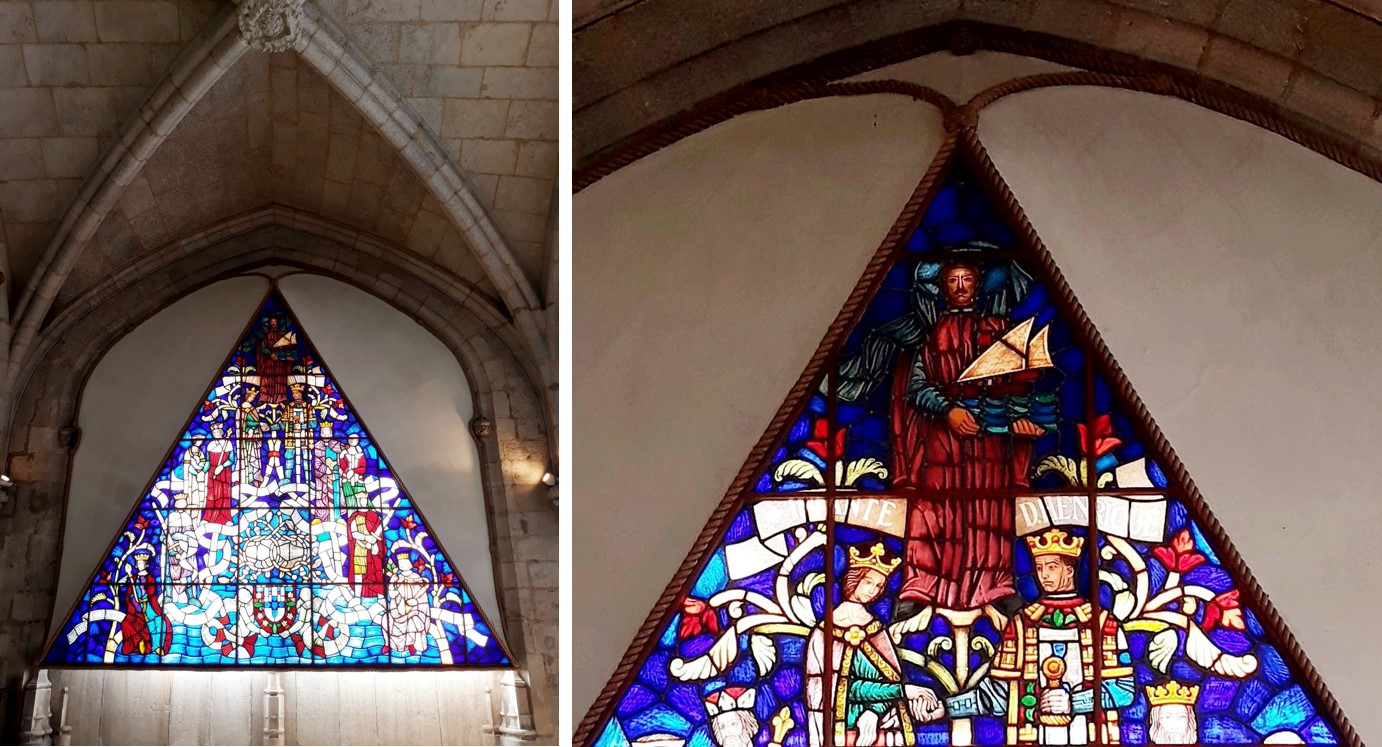
In the antechamber of the museum, there are several tributes to “Infante Don Henrique” (Prince Henry), better known as Henry the Navigator. This stained glass of the 1960s is one of those tributes. In the upper part, the image of Don Henrique stands out. Immediately below, the rest of the image appears to represent the ancestors of “El Navegante”, intertwined with details of the Manueline art style and its characteristic maritime elements.
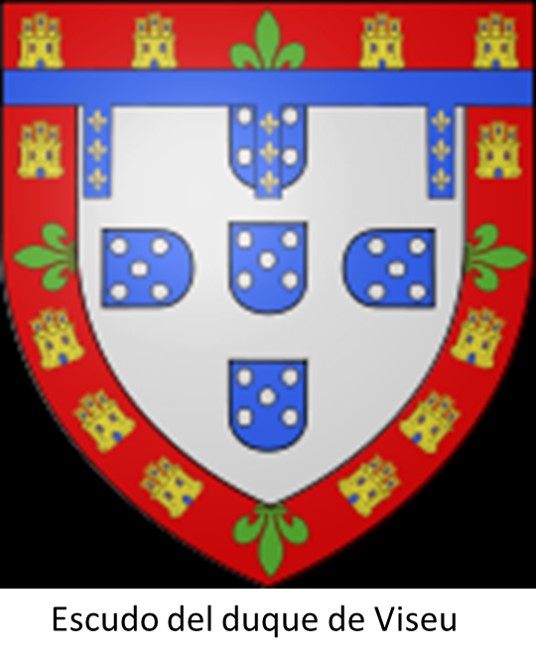
In the lower part stands out what could be an image of the “Duke of Viseu’s” coat of arms, title held by Prince Henry.
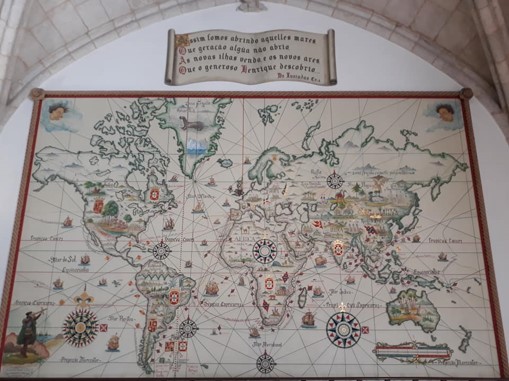
In the Marine Museum in Lisbon, Portugal, one can view several documents, plans, historical photographs and a library that will help one understand the impact that the naval expeditions have had on the history of Portugal.
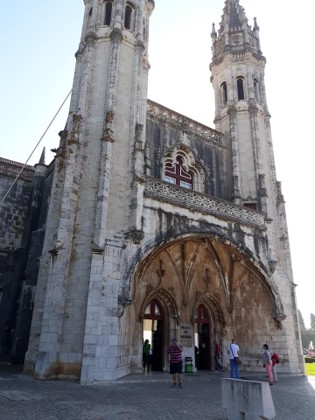
It is in this museum that a large pavilion was built to exhibit galley and vessels.
